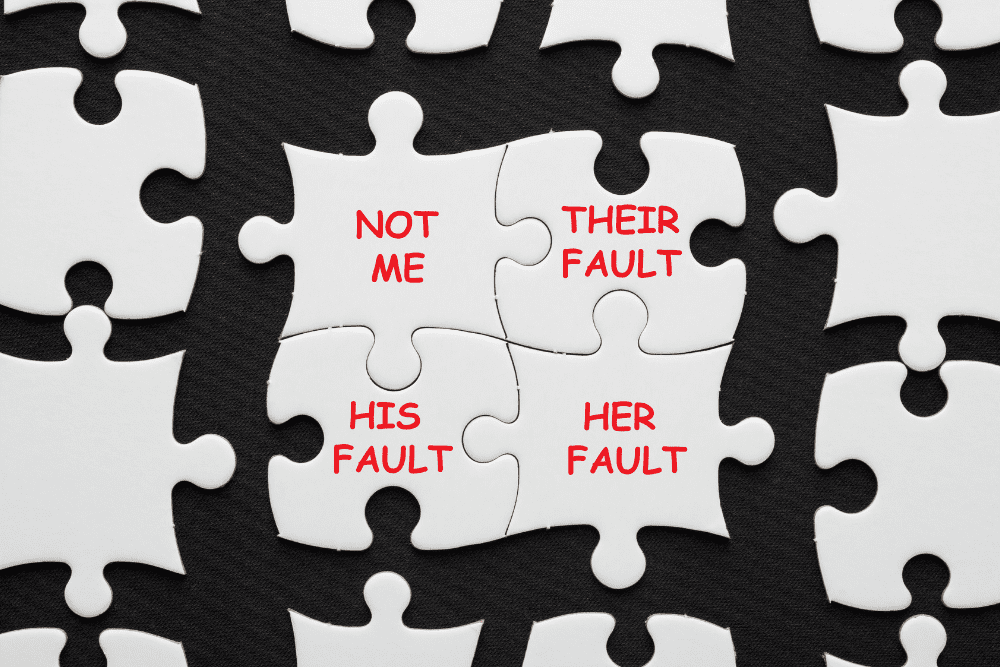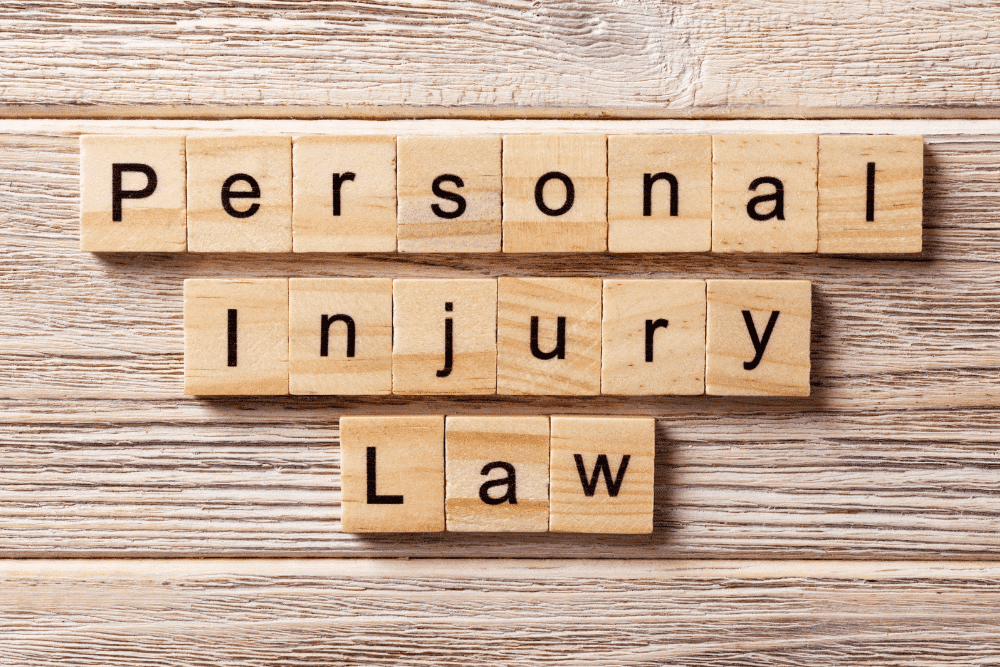MN’s No-Fault Law Doesn’t Mean You Can’t Recover Damages
When you are injured due to the negligence of another person, you may think that a personal injury case against them is fairly open and shut. After all, you can show they were at fault for your damages, right? Not so fast.
Along with several other states, Minnesota is a no-fault state. This can complicate recovering damages for personal injury, though that doesn’t make it impossible. Here’s what you need to know about Minnesota no-fault law and how it can impact any future personal injury cases.
What Does It Mean To Be a No-Fault State?
When a state has no-fault laws, it can impact the procedure and outcome of personal injury cases. Any damages you want to recover will probably be limited, and you may not be able to bring a lawsuit in certain circumstances.
No-fault laws in Minnesota, for instance, require a driver to carry insurance that covers their own injuries in a car accident. If you want hospital bills from a car accident covered in that state, your insurance company is the first stop to recover damages. There are only a few circumstances under which you can file a lawsuit against another party.
Why Does Minnesota Have No-fault Laws?
States with no-fault laws do this in order to limit the number of suits filed in the courts. When they mandate payouts based on no-fault provisions, they ensure the court system isn’t overwhelmed by cases related to automobile negligence claims.
You cannot file for non-economic damages, either, unless you have experienced life-altering and serious damages as a result of the accident.
Contributory Negligence
In cases where you do bring a lawsuit against the other driver, then the comparative negligence laws of Minnesota, sometimes called contributory negligence, come into play.
Comparative negligence laws allow those impacted by the accident to receive compensation even if they were partially at fault. However, you can only recover damages proportionate to your degree of fault, which is established by the court.

For example, if it was determined that you were 30 percent at fault for an accident, and you are awarded a judgment of $100,000, then you can only receive $70,000. It reduces any damages received by the amount of fault for the accident.
In Minnesota, if you are more than 50 percent responsible for the accident, you cannot recover any damages.
How to Prove Negligence
Negligence rests at the heart of laws surrounding injuries. Negligence, in a legal sense, is when one party fails to uphold their duty to act with reasonable care in a given situation. If you want to recover damages in Minnesota, then you have to show the court first how the actions of the responsible party meet certain criteria. These criteria include:
- The person responsible owed a duty of care
- The duty of care was breached
- How it was breached, which can be shown through action or inaction
- Damages would not have occurred if not for the breach of duty
- The losses were a product of negligence and not some other factor
- There was actual harm done, which is measurable financial loss or injury
While these items may seem straightforward, laws regarding negligence and fault can make the situation quite complex. That’s why it’s important to bring a skilled attorney into the case as soon as possible.
The Benefits of Being a No-Fault State
Being a no-fault state does provide some advantages to Minnesotans. First, the payouts are much faster than in states without no-fault statutes. The police and insurance company don’t have to do investigations to determine the cause of the accident before you can receive money to cover costs. That means your medical or auto bills get paid faster.
You also know that you’re covered no matter the circumstances of an accident. In other states, if the driver does not have insurance, then it can put you at a real disadvantage, even if the accident was not your fault. In a no-fault state, you know that you have at least some level of coverage on the road.

No-fault laws and comparative negligence can seem confusing, understandably. As long as you grasp your rights are in the situation, you can move forward in a case and recover the damages you deserve.
About the Author:
Andrew T. Poole is a Minnesota native who has served in the Army for more than 18 years and is currently a JAG lawyer in the Army Reserves in addition to serving as a partner at LaCourse, Poole & Envall. He has handled thousands of criminal and family law cases over the course of his career and has a firm belief that all hardworking Minnesotans should be entitled to the best possible legal counsel. Mr. Poole boasts a 10/10 Superb rating on Avvo, is Lead Counsel rated, and has been recognized multiple times by SuperLawyers, National Trial Lawyers, and others for his work.
















